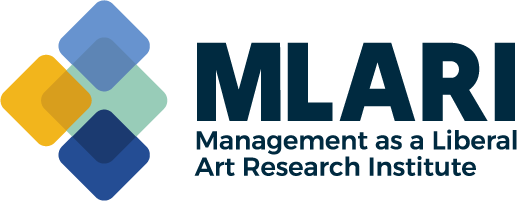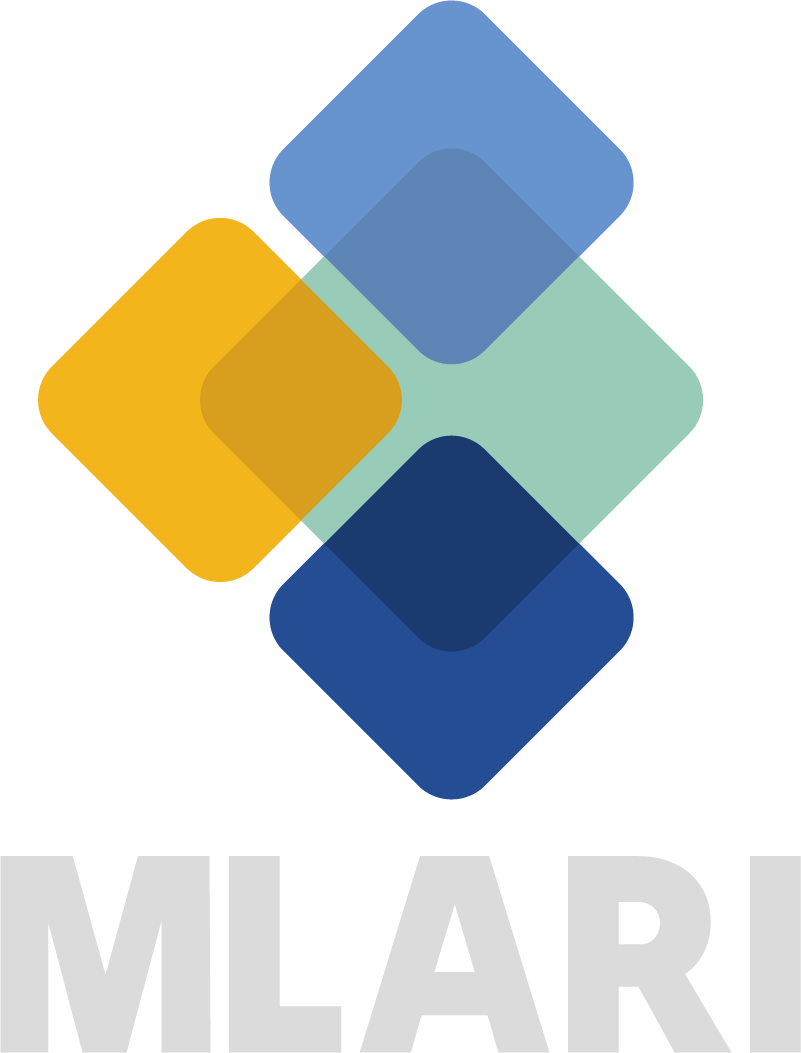Meaning, Happiness, and Peace
PUBLISHED:
There seems to be a general misconception about the famous phrase from the United States Declaration of Independence; “Life. Liberty, and the Pursuit of Happiness.” Jeffrey Rosen (2024), in his book The Pursuit of Happiness: How Classical Writers on Virtue Inspired the Lives of the Founders and Defined America emphasizes that the founding fathers of America were deeply influenced by classical writers who advocated for a life of virtue as the pathway to true happiness. Rosen argues that the pursuit of happiness was not meant to be about accumulating
wealth or achieving fame, but about living a life of purpose, guided by the intrinsic rewards of virtue and service to others. These classical ideals, which shaped the very foundation of American society continues to resonate today, particularly in the context of grassroots movements that seek to promote peace, justice, and the common good.
According to Moss (2017), the biggest misconception of the happiness industry is that happiness is an end, not a means. We think that if we get what we want, then we’ll be happy. We tend to see “being happy” as the end goal. But it turns out that what’s really important is the journey. Another misconception about happiness is that happiness is being cheerful, joyous, and content all the time—always having a smile on your face. It is not. Being happy and leading a rich life is about taking the good with the bad and learning how to reframe the bad.
One of the paradoxes of being human is that while it may make sense for us to pamper and pleasure ourselves because we tend to think that this will make us happy, the reality is that the key to living a meaningful and fulfilled/happy life is caring for and helping other people. Some would say that caring more about other people’s needs than our own is the key to a more peaceful world.
According to Peter Drucker, the father of modern management, no society can properly function unless it gives the individual member social status, function, meaning, and dignity and unless the decisive social power is legitimate power. If the individual is not given these things there can be no society but only a mass of social atoms flying through space without aim or purpose (Drucker Institute).
Toubiana and Yair (2012) state, “It is frustratingly difficult to cite a significant modern management concept that was not first articulated, if not invented by Peter Drucker.” Drucker was born in Austria and was in his early 20s when he witnessed Adolph Hitler and the Nazis taking control of Germany. This event, along with publishing his first of 39 books in 1939, The End of Economic Man: The Origins of Totalitarianism, set his lifelong goal of a peaceful world. Drucker was determined that fascism, totalitarianism, and autocracy could be eliminated by making sure that societies’ function is to give all people’s lives meaning and status. Without status and function, people could allow autocracy and totalitarianism (Drucker Institute).
Drucker (1995 p.29-30) thinks that all people need to have meaning. He said:
For the individual without function and status, society is irrational, incalculable, and shapeless. The “rootless” individual, the outcast—for the absence of social function and status casts a man from the society of his fellows—sees no society. He sees only demonic forces, half sensible, half meaningless, half in light, and half in darkness, but never predictable. They decide about his livelihood without the possibility of his understanding them. He is like a blindfolded man in a strange room, playing a game of which he does not know the rules; and the prize at stake is his own happiness, his own livelihood, and even his own life.
A man in such a state probably has little chance of being fulfilled, rational, or peaceful. There are many reasons for a loss of meaning, status, or function, but one of the most obvious and easiest to understand is unemployment. Not only is unemployment a potential economic catastrophe, but it also entails social disenfranchisement. Prolonged unemployment can lead to the loss of self-respect, which has nothing to do with the person's actions (Maciariello and Linkletter 2011).
In her book The Power of Meaning (2017), Emily Esfahani Smith says that many people spend their lives pursuing happiness and eventually end up asking, “Is this all there is?” Smith says that to have a fulfilling life, one needs meaning in their life. Meaning comes from belonging to and serving something beyond yourself and developing the best within yourself. Creating meaning in your life requires some degree of selflessness (Seligman 2002). Smith cites studies that show people who have meaning in their lives are more resilient, do better in school and work, and live longer. She refers to the four pillars of a meaningful life. They are belonging, purpose, transcendence, and story-telling.
Belonging (bonds to family and friends) means being in relationships where you are intrinsically valued for who you are. Some groups, such as gangs or cults, value people for what they believe or who they hate, not for who they are.
Purpose is less about what you want than about what you give. It gives you something worthwhile to live for. A classic example would be raising children. For some people, their work gives them purpose. The important thing is to contribute and feel needed. What John Bunyan said about meaning and purpose should be kept in mind; “You have not lived today until you have done something for someone who can never repay you.” (Bunyan 2020).
Transcendence is stepping beyond yourself; you get lost in a meaningful task, your sense of self fades away, and you are less self-centered. Transcendence can result in a person being more generous when helping people.
Storytelling is the story you tell yourself about yourself. It gives people clarity about themselves and helps them understand how they became themselves. A person’s story can change because their lives evolve however they are still constrained by the facts.
Too many people today have made the mistake of anointing a job as their main source of meaning. Seventy percent of employees say their jobs define them. Meanwhile, Gallup data shows that only 12.5 percent of us are “totally and utterly engaged” at work. (Wellman 2024)
Victor Frankel had much to say about meaning in his book, Man’s Search for Meaning. He was a psychiatrist, born in Austria, and was a prisoner in some of the Nazi concentration camps during the Holocaust. He used his psychiatrist training to observe what was happening to himself and the other prisoners. One of his observations was that paradoxically, prisoners who shared their last scrap of bread with a prisoner who looked like they needed it tended to live longer than those who stole and ate other prisoners' last scrap of bread. One would think the prisoner who got more to eat because of stealing others’ bread would live longer. But Frankl realized that the prisoners who help others by sharing their food had a reason to live—to help others. They had higher self-esteem than the prisoners who stole from others. They had meaning in their lives. They had a purpose to live. Frankl often used the Nietzsche quote, “He who has a why to live, can bear with almost any how.” Frankl saw what he termed the last of human freedoms, the freedom to choose one’s attitude in any circumstances.
Frankl wrote Man’s Search for Meaning after the Holocaust and created a new psychiatrist discipline, Logotherapy, which is still widely used today. He contends, "The more one aims for success and makes it a target, the more you will miss it. For happiness, like success, it cannot be pursued; it must ensue, and it only does so as the unintended side-effect of one’s personal dedication to a cause greater than oneself or as a by-product of one’s surrender to a person other than oneself.” In other words, Frankel emphasizes selflessness, which is a prerequisite to having meaning in your life, such as giving time and (or) valuables to help others.
In a TED Talk titled “It’s Time to Reclaim Religion,” Rabbi Sharon Brous tells us that “Our World is on Fire.” The world is divided because of extremism. Religions and other institutions can continue to increase divisiveness, or they can oppose extremism in all its forms to stop wars, oppression, radical individualism, and discrimination. If people, instead of being apathetic, told themselves, I can do something, we could live in a more peaceful, loving, and just world that values peace and dignity for all.
The Warren Berger (2018) book, The Book of Beautiful Questions, has a great quote to get people communicating, “What if I replace judgment with curiosity?” P.124. He posits that if people would only understand that just because someone knows that he or she is right, they may or may not be. If there is a disagreement about who is “right,” both sides could avoid an altercation if they ask the “other” person to explain their reasoning for their position because they are genuinely curious. And, of course, the person expressing their curiosity needs to be willing to listen and be willing to change their position if need be. (Berger 2018)
Joshua Becker (2022) says that one of the reasons for living a meaningful life is so that when you get to the end of your life, you are at peace with more satisfaction and less regret and guilt over how you spent your life. Also, a person living a meaningful life is peace-loving and promotes peace in others.
Joshua Becker (p. 157), posits that. fame, wealth, and power are not things to strive for in lieu of living a meaningful life. There are some things worth becoming famous for that can make a life more meaningful: kindness, perseverance, faithfulness, empathy, joy, encouragement, peacemaking, and loving.
REFERENCES:
Becker, J. (2022) Things that matter: Overcoming distraction to pursue a more meaningful life. Penguin Random House WaterBrook.
Berger, W. (2018 The book of beautiful questions. Bloomsbury Publishing. (2018).
Brous, S. (2017). It’s time to reclaim religion. TED talk. https://www.ted.com/talks/sharon_brous_it_s_time_to_reclaim_religion
Bunyan, J. Updated by Vermilye, A. (2020) Pilgrim’s Progress. Brown Chair Books.
Drucker Institute 1999. Claremont Graduate Institute. https://drucker.institute/about/drucker-archives/
Drucker, P. (1995) The future of industrial man. Routledge.
Frankl, V. (1959) Man’s search for meaning: An introduction to Logotherapy. Beacon Press.
Maciariello, J. Linkletter, K. (2011) Drucker’s lost art of management: Peter Drucker’s timeless vision for building effective organizations. McGraw-Hill.
Moss, J. (2017). Happiness Isn’t the absence of negative feelings. In Harvard Business School Publishing Corporation (Ed). Emotional Intelligence: Happiness.
Rosen, J. 2024. The pursuit of happiness: How classical writers on virtue inspired the lives of the founders and defined America. Simon & Schuster.
Seligman, M. (2002) Authentic happiness: Using the new positive psychology to realize your potential for lasting fulfillment. Simon & Schuster.
Toubiana, M. Yair, G. (2101) The salvation of meaning in Peter Drucker’s oeuvre. Journal of Management History. Vol. 18. Iss. 2. 178-199.
Wellman, J. (2024) You only die once: How to make it to the end with no regrets. Voracious.





